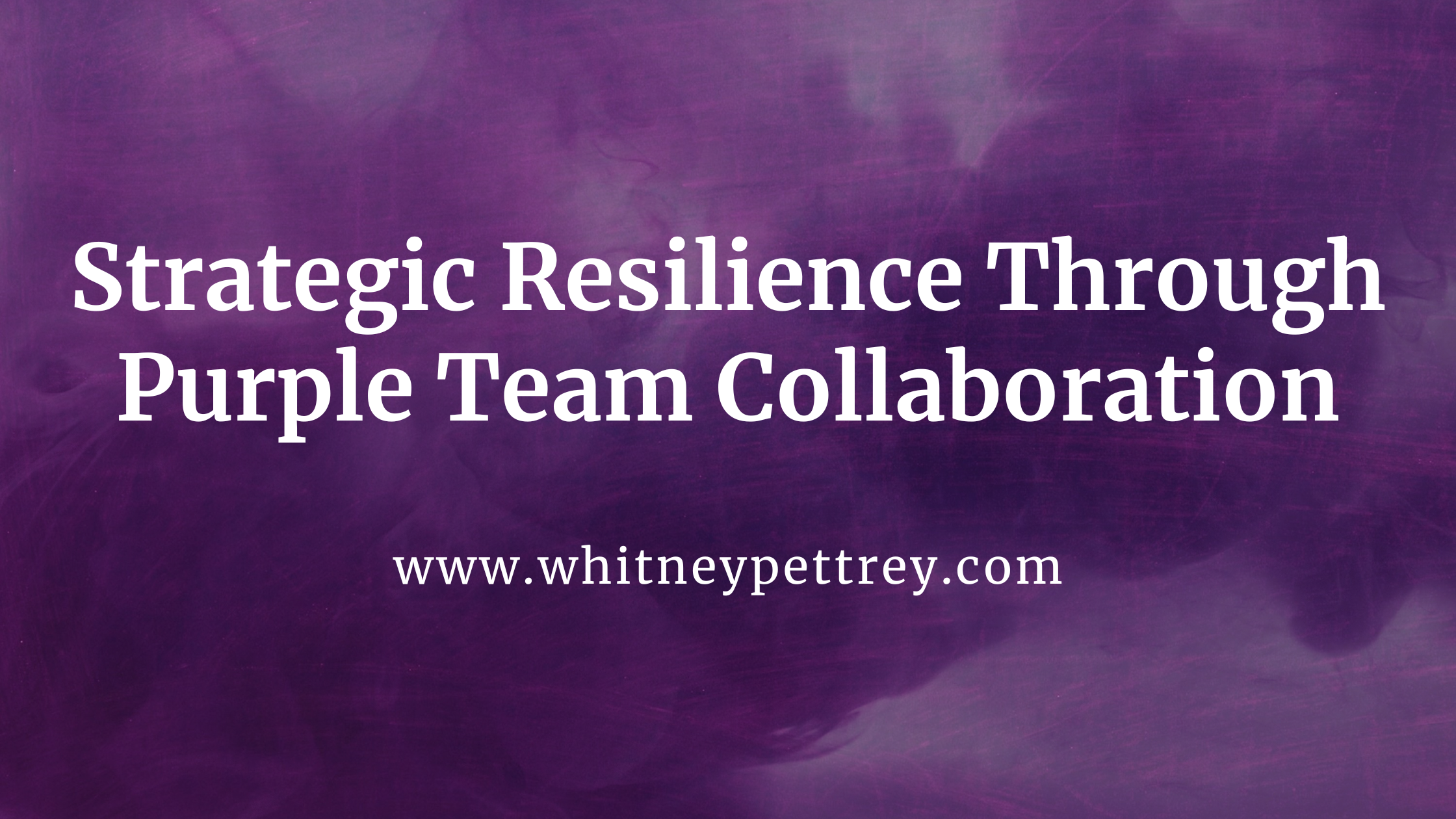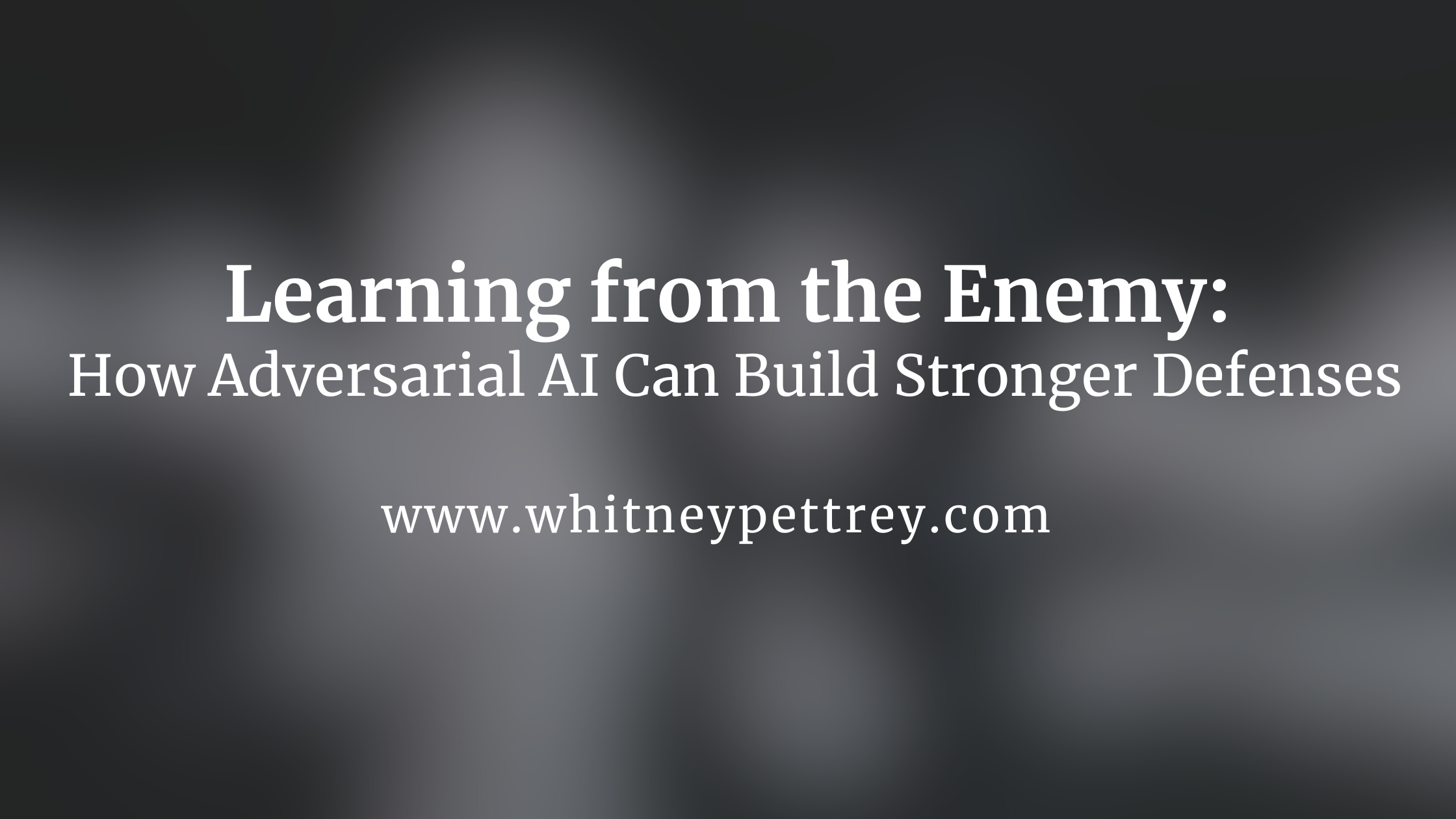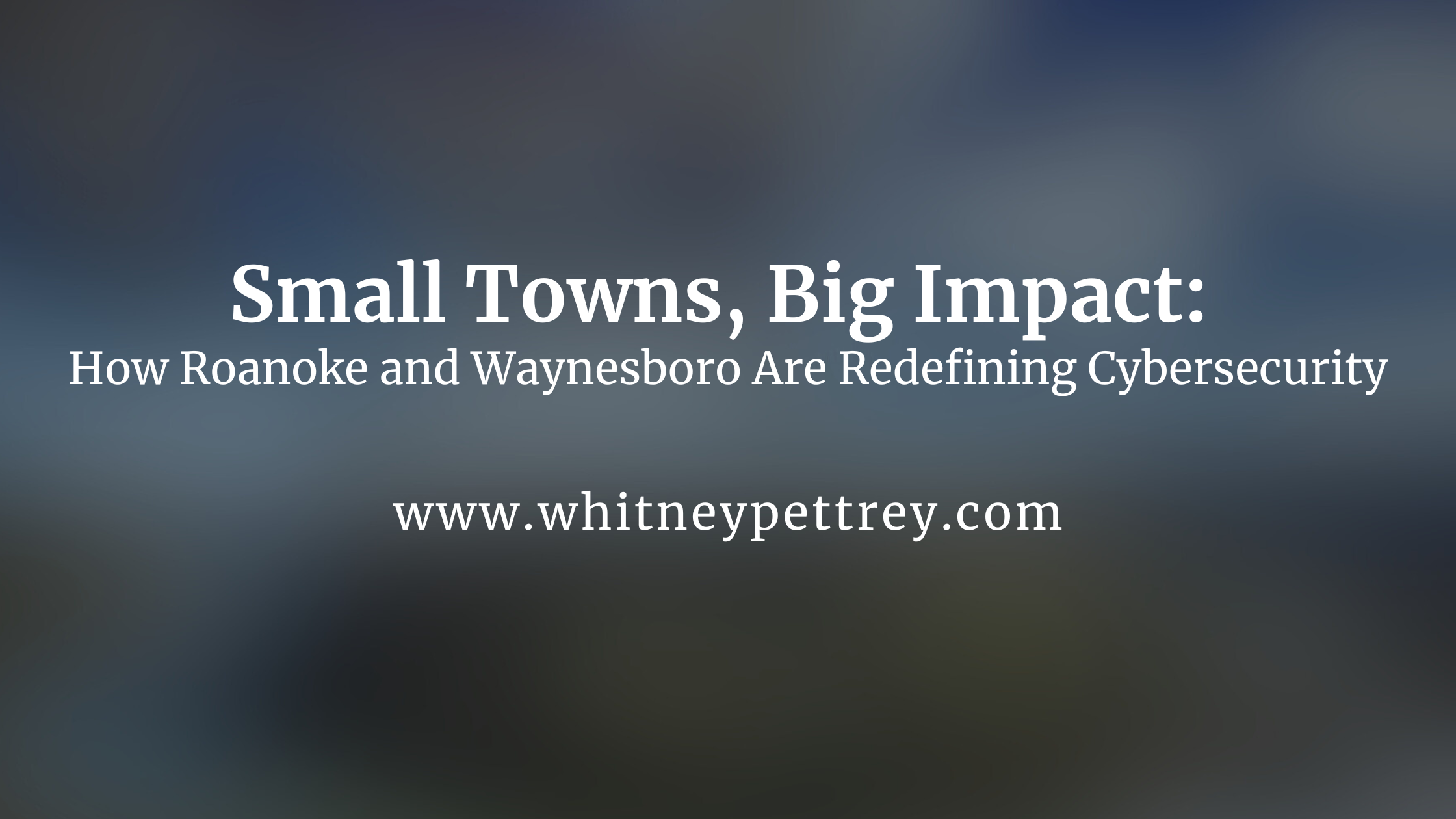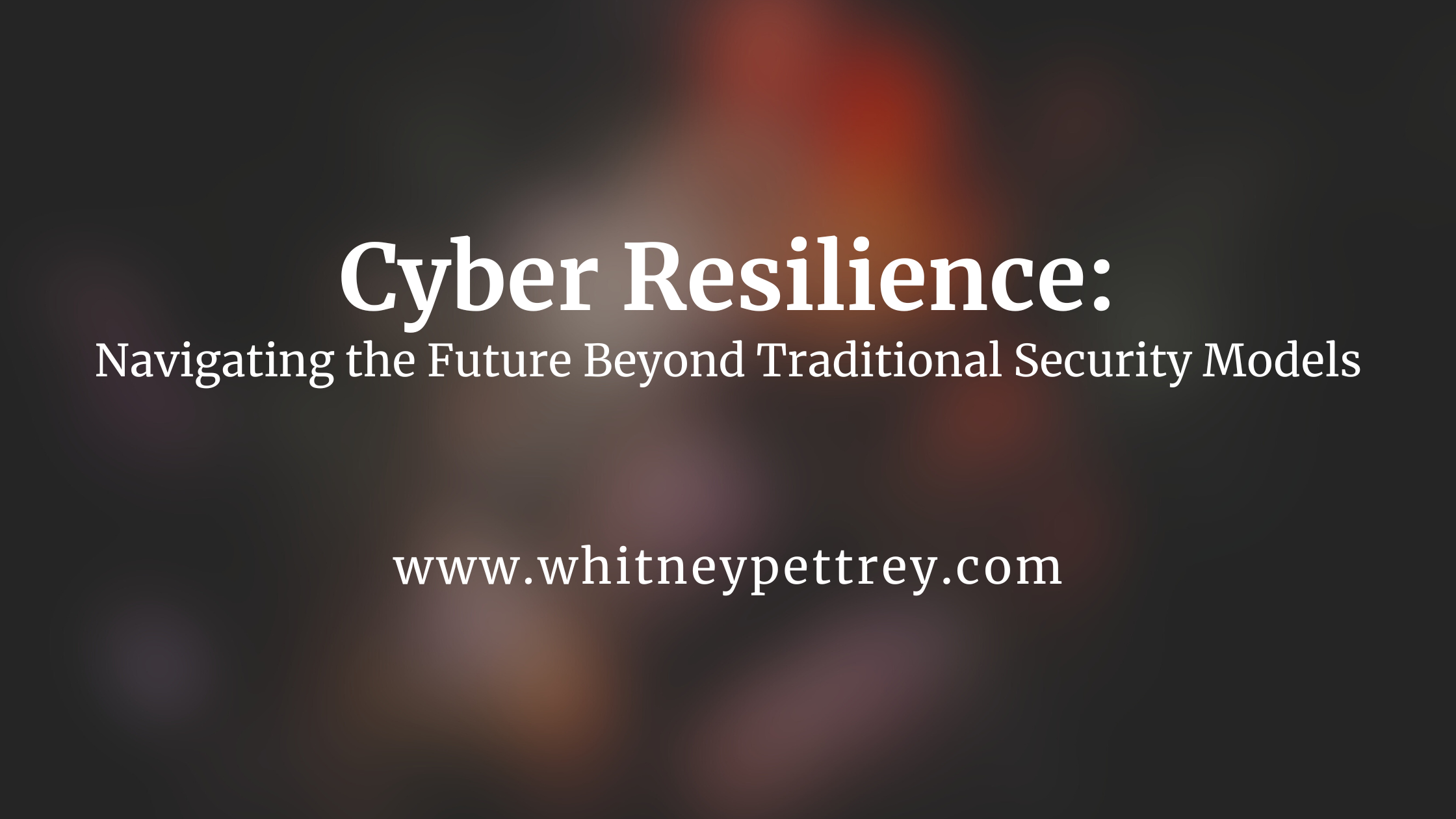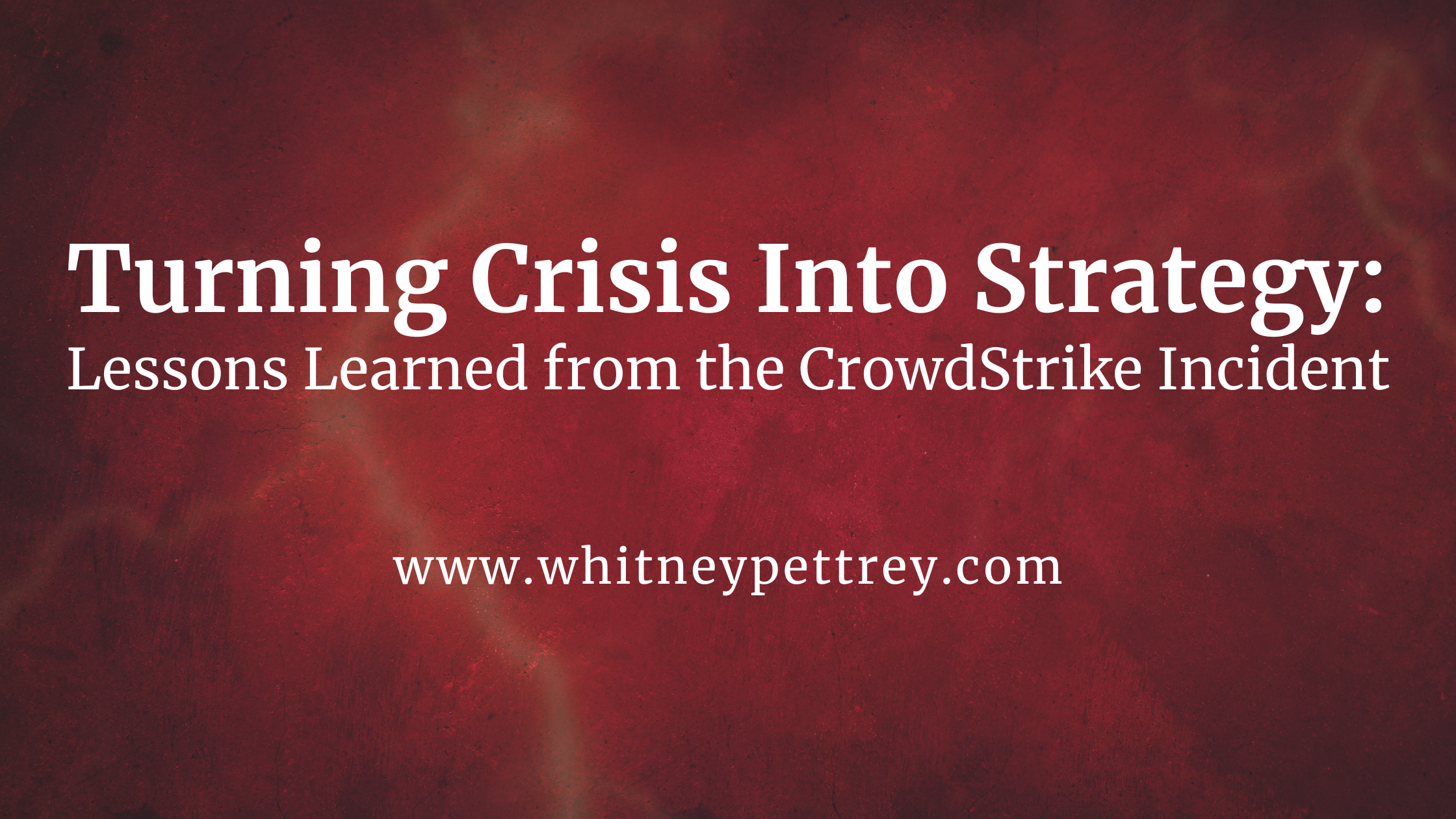This article explores the concept of cybersecurity simulations as a tool to enhance resilience and preparedness against cyber threats. It highlights the importance of localized simulations in addressing specific vulnerabilities and fostering collaboration between different sectors. The article delves into the roles of red, blue, and purple teams in these simulations, emphasizing the importance of both offensive and defensive perspectives. It also discusses the benefits of trusted networks in sharing insights and scaling solutions. Ultimately, the article emphasizes the need for continuous learning, collaboration, and innovation to effectively address the evolving cybersecurity landscape.
Year: 2024
Strategic Resilience Through Purple Team Collaboration
Purple Teaming, a collaborative approach that unites offensive and defensive security teams, is revolutionizing the way organizations approach cybersecurity. By simulating real-world attacks and analyzing vulnerabilities, Purple Teaming enables organizations to build more resilient defenses. This article explores the benefits of Purple Teaming, including identifying weaknesses, enhancing threat detection, and improving incident response capabilities.
Elevating Resilience for #LA28 and #SaltLake2034: A Call to Action for Silicon Valley and Silicon Slopes
This article examines the critical security challenges facing host cities for the 2028 Los Angeles and 2034 Salt Lake City Olympic Games. As global events converge with interconnected technologies, adversaries seek to exploit these vulnerabilities for political, financial, or disruptive gains. The piece emphasizes the need for a collaborative approach between host cities, technology leaders in Silicon Valley and Silicon Slopes, and cybersecurity experts to develop innovative solutions. By leveraging AI, advanced security protocols, and community-driven initiatives, these cities can ensure the Games are not only spectacular events but also secure showcases of resilience and technological innovation.
Learning from the Enemy: How Adversarial AI Can Build Stronger Defenses
This article explores the concept of Adversarial AI and its potential to revolutionize cybersecurity. By using AI to simulate attacks and identify vulnerabilities, organizations can proactively strengthen their defenses and stay ahead of adversaries. The article delves into the practical applications of Adversarial AI, such as simulating multi-vector attacks, creating deception ecosystems, and augmenting threat intelligence. It also discusses the ethical implications and challenges associated with using this technology. Ultimately, the article emphasizes the importance of adopting an adversarial mindset and leveraging AI to build a resilient and adaptive cybersecurity posture.
Small Towns, Big Impact: How Roanoke and Waynesboro Are Redefining Cybersecurity
What if the future of cybersecurity wasn’t confined to the nation’s largest cities but thrived in unexpected places? Roanoke and Waynesboro, nestled in the heart of Virginia, are proving that smaller municipalities can rise to meet digital challenges with innovation, collaboration, and strategic investment. Anchored by Waynesboro’s critical infrastructure expertise and Roanoke’s workforce and innovation pipeline, these twin cities are setting a new standard for resilience. In this article, discover how their visionary model bridges the power of Northern Virginia’s tech ecosystem with local strengths, creating a blueprint for communities across America to secure their digital future.
Invisible Threads: Physical Security’s Role in a Cyber-Resilient City
While cybersecurity often focuses on digital defenses, physical security plays a crucial role in protecting our cities. From simple acts like locking doors to complex penetration testing, every layer of physical security strengthens our overall defense against cyber threats.
Operation Mirage: Crafting a Red Team Drill That Plays the Player
In cybersecurity, the best defense isn’t just about blocking attacks, it’s about controlling the narrative. Operation Mirage is a Red Team drill that creates a carefully crafted illusion, guiding adversaries through a maze of decoys and distractions. By understanding and manipulating their behavior, defenders can gain valuable insights and strengthen their security posture.
The Human Firewall: Why People Are Your Strongest Security Layer
In the ever-evolving landscape of cybersecurity, human factors remain a critical vulnerability. This article explores the importance of the human firewall, emphasizing the need for awareness, training, and a strong security culture. By cultivating a vigilant and informed workforce, organizations can significantly enhance their resilience against cyber threats.
Cyber Resilience: Navigating the Future Beyond Traditional Security Models
As technology evolves, traditional security models fall short. This article delves into the need for a more adaptive and resilient approach to cybersecurity. It explores the challenges posed by distributed architectures, autonomous systems, and sophisticated threats, and discusses the role of decentralized security, autonomous response, and AI-driven threat detection in building a future-proof security posture.
Turning Crisis Into Strategy: Lessons Learned from the CrowdStrike Incident
The CrowdStrike breach exposed critical vulnerabilities in even the most sophisticated security postures. This article delves into the key lessons learned from this incident, including the importance of effective crisis communication, strategic transparency, diversifying security providers, and adaptive governance. By understanding these insights, organizations can build more resilient defenses and navigate the evolving threat landscape.

